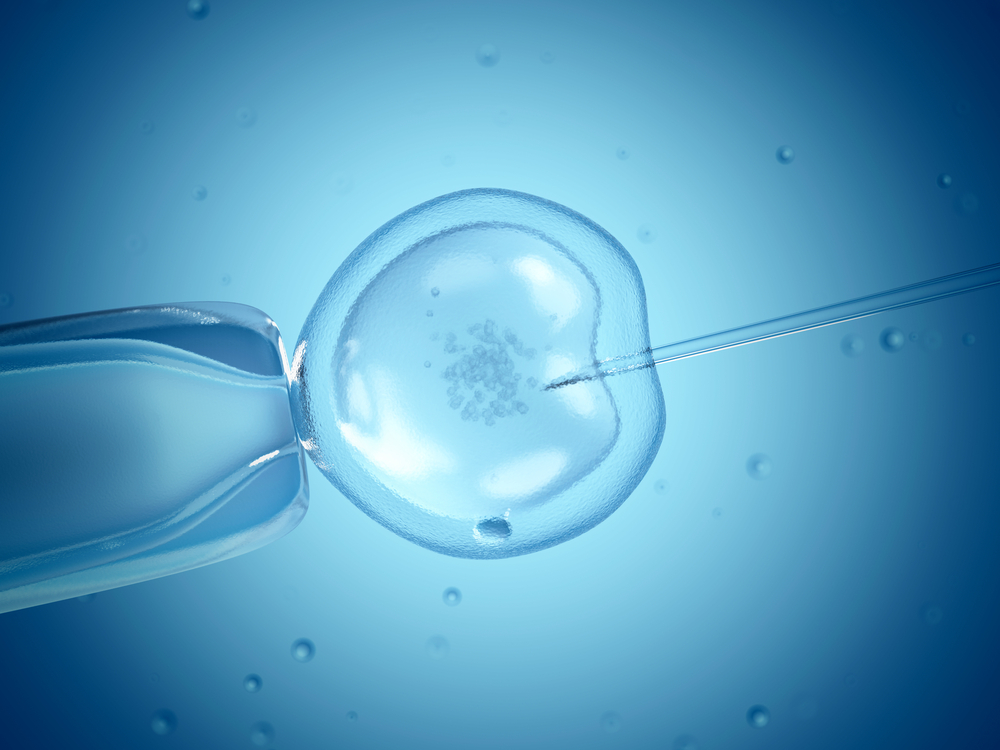Are you struggling to naturally conceive? Whether you’re struggling with a diagnosed fertility problem or are looking into alternative routes to parenthood, you might be interested in how IVF procedures work – and how long a cycle takes to complete.
Couples who have unsuccessfully tried a selection of fertility treatments may have come across IVF as a solution. The procedure is also suitable for women with fertility problems – such as blocked fallopian tubes or genetic disorders.
…But how can you decide whether you want to proceed with IVF treatments if you’re unaware of how it works?
In this guide, we’re sharing the answer to your “how long does IVF take?” questions, and detailing the several steps you’ll need to take during one round of IVF:
How long does IVF take?
Generally, IVF procedures can take between four to six weeks to complete – starting from the initial consultation to a successful pregnancy.
That’s because IVF has several steps, including:
Step 1: Initial Consultation
Before starting any treatments, you’ll meet with a fertility specialist to discuss what the process entails.
During this time, your fertility doctor will try to understand any problems that might’ve lead to your struggle of conceiving naturally, and explain how IVF success rates could change, depending on this.
If you’re opting for private IVF, this is your chance to ask your consultant any more questions about the IVF procedure before continuing.
Step 2: Stimulating the Ovaries
Once you’ve had a consultation with your fertility specialist, the next stage in the IVF process is to stimulate the ovaries. This is done by using ultrasounds and blood tests and is used to assess the follicles in your ovaries.
After this, you’ll be given an injection to stimulate these follicles and mature the eggs, ready for collecting.
Step 3: Egg Retrieval
Around 36 hours after your last injection, a fertility specialist will retrieve the stimulated eggs from your ovaries.
You’ll be under light sedation at this stage, so don’t worry about the pain!
Once the eggs have been collected from the ovaries, an embryologist will examine them under a tiny microscope. This is to ensure that the eggs stand the best possible chance of becoming fertilised and helps to identify any fertility problems that could impact your cycle’s success rate.
Step 4: Fertilisation
After the eggs have been carefully monitored and the best have been selected, sperm (which was collected by your partner or sperm donor) will be used to inseminate the eggs.
In the days following this, your fertility embryologist will check if they’ve been fertilised – and hopefully, call you with the good news!
Step 5: Embryo Implantation
When your embryos have developed, they’re ready to be inserted. A small catheter will be placed up the cervix and into the womb, allowing the body to accept the embryo and start a pregnancy.
As you can see, the “how long does IVF take?” question doesn’t have a simple answer. The time it takes for a successful pregnancy can range depending on personal circumstances, but it shouldn’t be too long before you’re on the path to parenthood!

